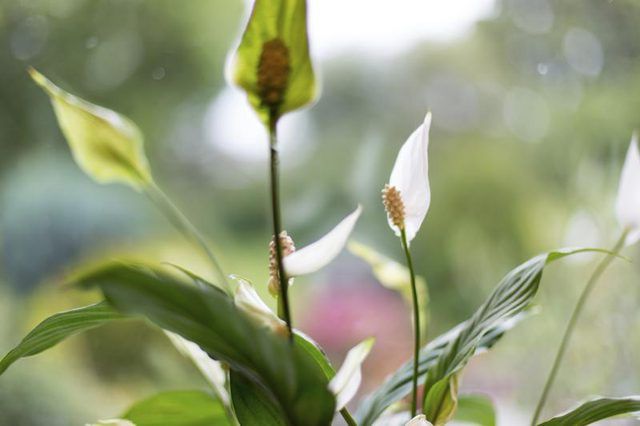Bulbs
Flower Basics
Flower Beds & Specialty Gardens
Flower Garden
Garden Furniture
Garden Gnomes
Garden Seeds
Garden Sheds
Garden Statues
Garden Tools & Supplies
Gardening Basics
Green & Organic
Groundcovers & Vines
Growing Annuals
Growing Basil
Growing Beans
Growing Berries
Growing Blueberries
Growing Cactus
Growing Corn
Growing Cotton
Growing Edibles
Growing Flowers
Growing Garlic
Growing Grapes
Growing Grass
Growing Herbs
Growing Jasmine
Growing Mint
Growing Mushrooms
Orchids
Growing Peanuts
Growing Perennials
Growing Plants
Growing Rosemary
Growing Roses
Growing Strawberries
Growing Sunflowers
Growing Thyme
Growing Tomatoes
Growing Tulips
Growing Vegetables
Herb Basics
Herb Garden
Indoor Growing
Landscaping Basics
Landscaping Patios
Landscaping Plants
Landscaping Shrubs
Landscaping Trees
Landscaping Walks & Pathways
Lawn Basics
Lawn Maintenance
Lawn Mowers
Lawn Ornaments
Lawn Planting
Lawn Tools
Outdoor Growing
Overall Landscape Planning
Pests, Weeds & Problems
Plant Basics
Rock Garden
Rose Garden
Shrubs
Soil
Specialty Gardens
Trees
Vegetable Garden
Yard Maintenance
Can Peace Lilies Be Planted Outside?
Can Peace Lilies Be Planted Outside?. With their deep green, glossy leaves and white flowers, peace lilies (Spathiphyllum spp.) grow 1 to 6 feet tall and 1 to 5 feet wide, depending on the variety. In the warm climates of U.S. Department of Agriculture plant hardiness zones 10b through 12, you can grow peace lilies outdoors in shady areas. Peace...

With their deep green, glossy leaves and white flowers, peace lilies (Spathiphyllum spp.) grow 1 to 6 feet tall and 1 to 5 feet wide, depending on the variety. In the warm climates of U.S. Department of Agriculture plant hardiness zones 10b through 12, you can grow peace lilies outdoors in shady areas. Peace lily blooms rise above the leaves, and appear intermittently through the year.
Growing Sites
Plants for partial-shade or full-shade sites, peace lilies grow best in areas sheltered from the wind. The soil should be acidic or neutral, well-drained and rich in organic matter. If you're growing peace lilies in containers, use general-purpose potting soil.
Peace lilies grow well when daytime temperatures are between 68 and 85 degrees Fahrenheit, and 10 F cooler at night. Growth slows at low temperatures, and temperatures below 40 F harm peace lily leaves, stems and roots. Some varieties are more resistant to cold than others, but freezing temperatures permanently damage all peace lilies. These plants also don't tolerate full sun or salt exposure.
Spacing and Watering
Peace lilies need plenty of space and water to grow well. Space the plants according to the final growing width of the variety. For example, if the peace lilies grow 1 foot wide, allow 1 foot of space between newly transplanted plants.
Water peace lilies so the soil stays moist, but don't allow the plants to sit in water. Containers for peace lilies must have drainage holes. When the soil surface is dry, water peace lilies in containers until water flows through the drainage holes, and water plants in the ground until the water begins to puddle.
Fertilizing Peace Lilies
A balanced, slow-release granular fertilizer is best for peace lilies growing outdoors. For in-ground plants, sprinkle 12-4-8 fertilizer granules at a rate of 4 tablespoons per 4 square feet around the plants every three months.
For peace lilies in containers, apply the 12-4-8 fertilizer according to the size of the container. Spread 1 tablespoon of granules in an 8-inch container, 1 1/2 tablespoons in a 10-inch container and 3 tablespoons in a 12-inch container. Sprinkle the granules evenly over the potting soil surface every three months. Manufacturer's instructions vary among products, so read the product label and follow the rates given.
Dealing With Pests and Diseases
Scale insects and spider mites sometimes infest outdoor peace lilies, and root rots can be a problem. Scale insects are tiny, shell-like creatures that cling to stems and leaf veins, and mites are difficult to see but create fine webs and can cause leaf speckling. On an overcast day, spray infested peace lilies with an insecticidal soap spray, covering all plant parts. Spray the plants every week or two weeks, if necessary.
Peace lilies with root rots grow poorly and wilt. To help prevent root diseases, avoid overwatering peace lilies. Dig up and dispose of severely affected plants to help prevent the spread of diseases.